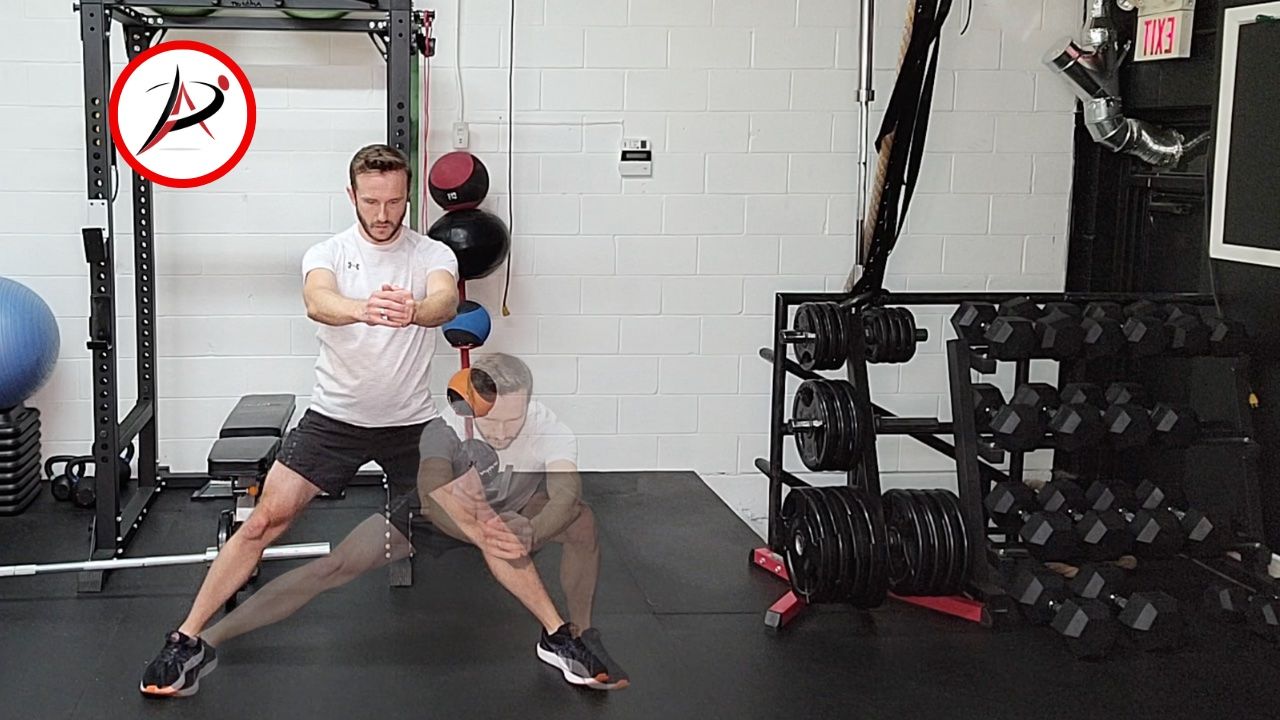555-555-5555
mymail@mailservice.com
Frequently Asked Questions About Chiropractic Care
Updated on September 08, 2020 | By: Dr. Peter Lejkowski
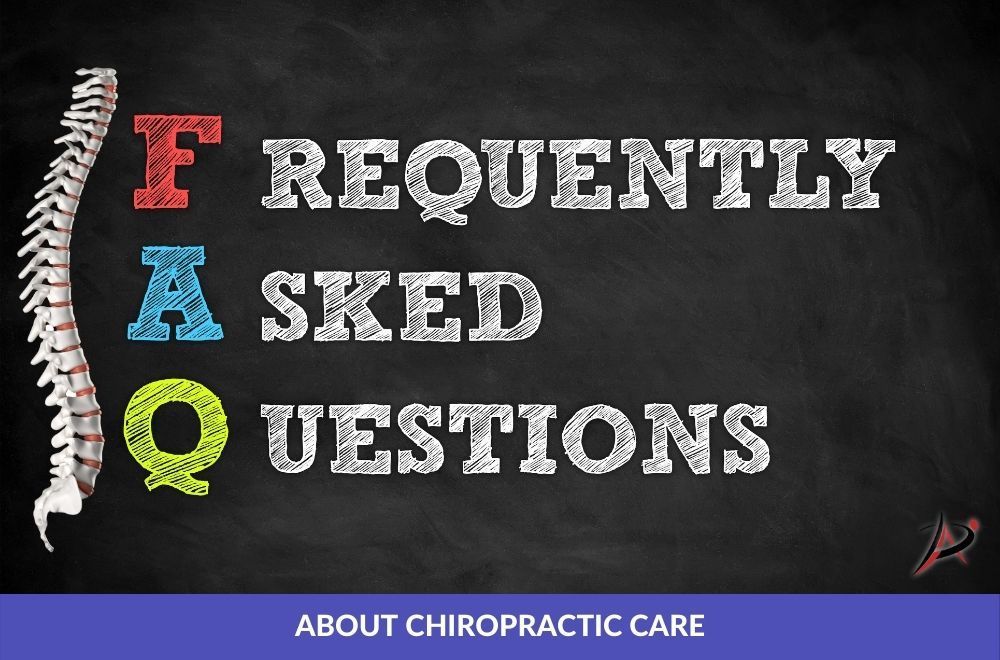
Table of Contents
- Do I need to keep coming back to see a chiropractor?
- What is Spinal Manipulative Therapy (chiropractic adjustment)?
- Do chiropractors treat injuries located outside the spine?
- What other therapies do chiropractors practice?
- Do I need to take x-rays if I go see a chiropractor?
- Do chiropractors cause stroke?
In this post, I have to answer some of the most frequently asked questions about chiropractic care.
Please note that in writing the answers to these frequently asked questions, I did my best to take into account the available scientific evidence that I am aware of, the education I had received, as well as my own clinical experience.
With that being said, the answers to the questions may not reflect the opinion of every other chiropractor out there. But, they should reflect the most relevant science and expert opinion.
Do I need to keep coming back to see a chiropractor?

You may have heard of this notion that once you see a chiropractor , you need to keep going back.
Certainly, a lot of chiropractors encourage regular visits for “maintenance” spinal care for general health.
“Chiropractic maintenance care” involves regular visits irrespective of any signs/symptoms of disease/injury. Maintenance care visits are often equated to the “dentist” model of disease prevention where a patient comes in for regularly scheduled appointments, whether they have any issues or not.
The honest reality is that there is no quality scientific evidence that strongly suggests that regular visits to a chiropractor for treatment of supposed “spinal cavities” lead to any measurable maintenance of good health. I must point out however that it is truly impossible to design a scientific study that would be able to investigate this question perfectly.
Recent research coming out of Nordic Europe does show some promising evidence for the favouring maintenance chiropractic care (versus care received following injury) in patients with recurrent and persistent low back pain. While maintenance chiropractic care may show to be useful for those with low back pain, you can’t extrapolate these results for other conditions, and certainly not for general health.
Here is where I stand:
There are multiple sides to this argument. First off, I believe that self-care goes a lot further than passive maintenance care.
For example:
If I can convince a patient to:
- perform a handful of exercises regularly to help with their posture
- advise them on a proper worksite set-up and
- get them to regularly take breaks away from their desk…
I may be able to help them manage their work-related chronic neck/upper back pain or headaches on their own without the need for regular treatment. At this point, I will simply advise the patient to come back at the first sign of increasing stiffness/discomfort before it becomes a real problem.
Now, this last sentence may sound like “maintenance” care but it is not. Maintenance care involves regular visits irrespective of any signs/symptoms.
While we do not actively push patients towards maintenance care, I can safely say that there are some patients that love it and live by it. In that instance, it is hard to argue against it.
For example:
Quite often, avid runners acknowledge that they do not have the discipline/time needed for self-care, and instead make regular appointments during their training season to maintain “looseness” through their hips and legs, with the hopes of preventing injury. Runners are totally into this and swear by it! And, clinically it seems to work for a lot of them.
Even in this situation, we always stand on the side of “self-care”, and at least try to get them to attempt to do their exercises. We do this because we believe that patients need to play an active role in their healthcare. And exercises, in this case, are like brushing your teeth; if we go back to the “dentist” analogy.
In the end, it is completely the patient’s decision whether they take the passive or the active approach.
However, coercion by any healthcare provider, with the attempt to scare the patient into regular and long-term care is completely unacceptable!
My advice: if this is happening in your chiropractor’s office… leave and don’t come back!
What is Spinal Manipulative Therapy (Chiropractic Adjustment)?

Spinal Manipulative Therapy is a common therapeutic treatment for spinal pain utilized not exclusively by chiropractors, but also by physiotherapists and even sometimes-medical practitioners. Chiropractors often refer to it as an “adjustment”.
The act involves delivering a precise, quick and shallow thrust to a dysfunctional spinal segment (vertebrae). This is often accompanied by an audible “pop/crack” caused by the rapid separation of joint surfaces creating a gap between them.
The rationale for this therapy has changed over the years, highlighting the evolution in the understanding of what spinal manipulative therapy does.
Traditionally, chiropractors believed that the vertebrae had the ability to partially dislocate (aka sublux) and create pain, encroach on nerve roots and wreak havoc on our general health. In this scenario, spinal manipulation would be used with the intention to re-align the spine and reverse such problems (subluxations).
Some chiropractors continue to hold on to such primitive theories and some chiropractic schools still continue to teach them. The practice of mandatory and repetitive x-rays was spawned from such outdated philosophies as they were used to visualize misalignments in the spine.
Let me be clear here…
…even a partially dislocated vertebra would be considered a medical emergency, and is not the cause of the kink in your neck…chiropractors cannot tackle your vertebrae into alignment no matter what technique they are using…mandatory/repetitive x-rays with the intention to diagnose and/or monitor subluxations is never acceptable, and in my opinion, should be considered malpractice.
Spinal manipulative therapy has been documented to improve range of motion, reflexively decreased local muscle tension, reduce associated joint pain and may even affect how an individual perceives pain.
In addition, a number of low-quality research studies have highlighted that spinal manipulative therapy may exert positive effects on other, non-musculoskeletal conditions, such as high blood pressure and asthma. Unfortunately, such claims still need to be studied further.
Likely, spinal manipulative therapy is not as magical as some portray it to be but it sure as heck can help a lot of patients if used in the right context……and if not abused.
Do Chiropractors Treat Injuries Located Outside the Spine?

Yes, of course!
As mentioned in the post on Chiropractic Expertise and Education , while the profession has a particular investment in spinal care, chiropractors are trained to diagnose and manage conditions related to the whole neuromusculoskeletal system. This includes all of the joints, muscles, tendons, ligaments and nerves in the extremities and everywhere else in the body.
Additionally, some specialties within chiropractic (ie.: Sports Specialist Chiropractors etc.) further hone in on skills used to diagnose and manage more complex conditions outside of the spine.
In fact, I will argue that you cannot comprehensively treat spinal complaints without taking into account biomechanical issues that may arise elsewhere.
This concept is pretty straight forward if you just think about how a chronic limp due to a soar ankle may contribute to stresses placed on the low back. But, it gets pretty complex when you start looking into the possibility of how dysfunctional breathing can contribute to neck pain or how poor shoulder stability may contribute to this as well.
The bottom line is that the neuromusculoskeletal system (our movement system) is a complex network that is made up of various different anatomical units that all have to play well together, and sometimes one deviant ruins it for the others.
What Other Therapies Do Chiropractors Practice?
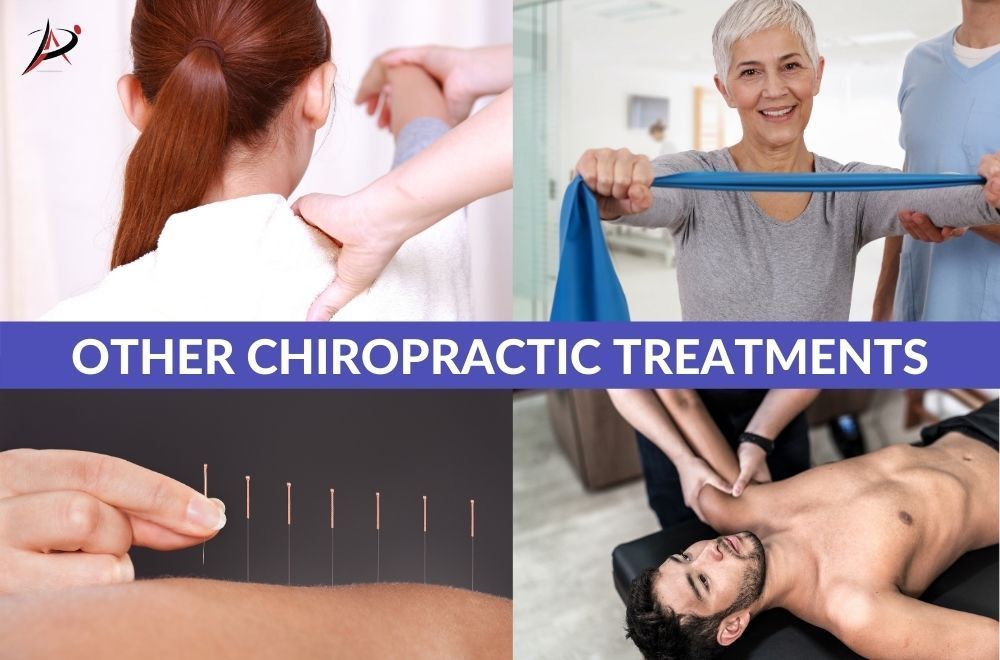
You may be under the impression that all chiropractors do is “crack backs”. That is not exactly true!
Some do of course, and they may have patients that absolutely love them and be content with their care. The way chiropractors practice is completely up to them as long as they are within their scope of practice.
However, chiropractors have undergone a lot of training in other modes of therapy that could provide additional benefits to patients.
These therapies include:
- Rehabilitation/therapeutic exercise (as stated in the post on Chiropractic Expertise and Education , I feel like this is most important)
- Fitness or Strength & Conditioning
- Advanced soft tissue therapies (ie: Active Release Technique [ART] , Graston etc.)
- Medical Acupuncture
- Therapeutic modalities (ie: Class 4 Laser Therapy , therapeutic ultrasound and electrical therapies)
Active Release Technique (ART) is an advanced soft tissue technique that has gained a lot of popularity in recent years, particularly in the athletic population. This is a technique I use frequently in my practice to address injury to muscles, tendons, ligaments and other soft tissues. To be honest, for as popular as this technique is, the evidence supporting its use is scarce. However, I must admit that clinically, it works quite well and I frequently have patients referred specifically for this service.
To get an idea of what a comprehensive visit to a chiropractor looks like, check out my post on “ What to Expect from a Visit to a Chiropractor “.
Do I Need to Take X-Rays if I Go See a Chiropractor?
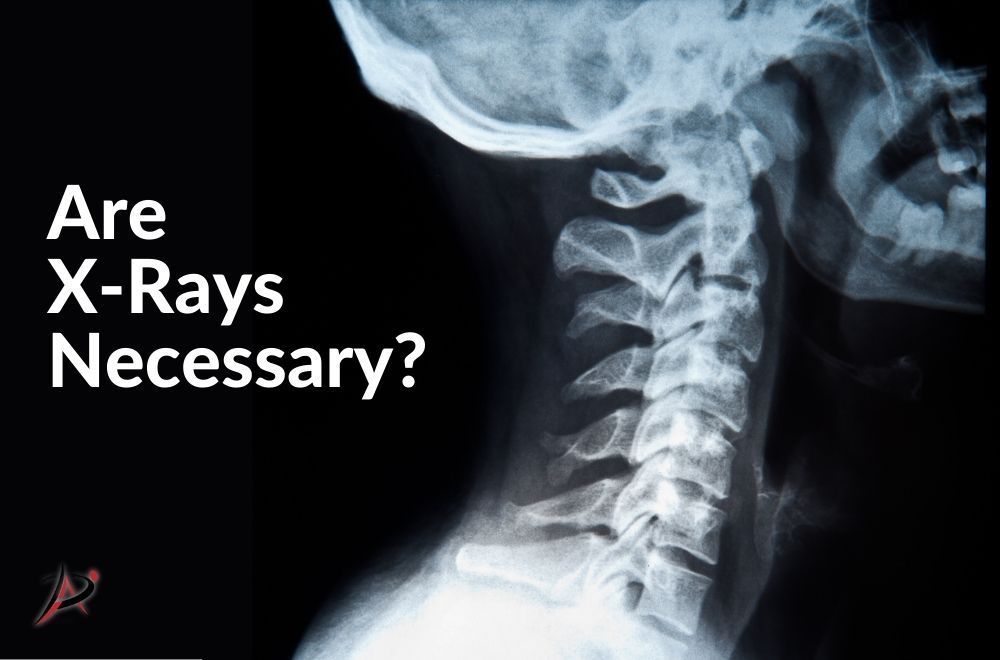
As mentioned above (see the question “What is Spinal Manipulative Therapy”). NO…no mandatory x-rays should ever be needed unless they are indicated following a thorough history and a physical examination, or if dictated by obvious circumstances (i.e. trauma).
If you ever visit a chiropractor who requests that you have spinal x-rays taken prior to him/her performing an exam for no specific reason, then you need to leave. They are likely practicing out-dated and extensively disproven techniques, and quite frankly, this type of behaviour is mal-practice.
Chiropractors are educated about x-ray guidelines and should operate within them.
Do Chiropractors Cause Stroke?
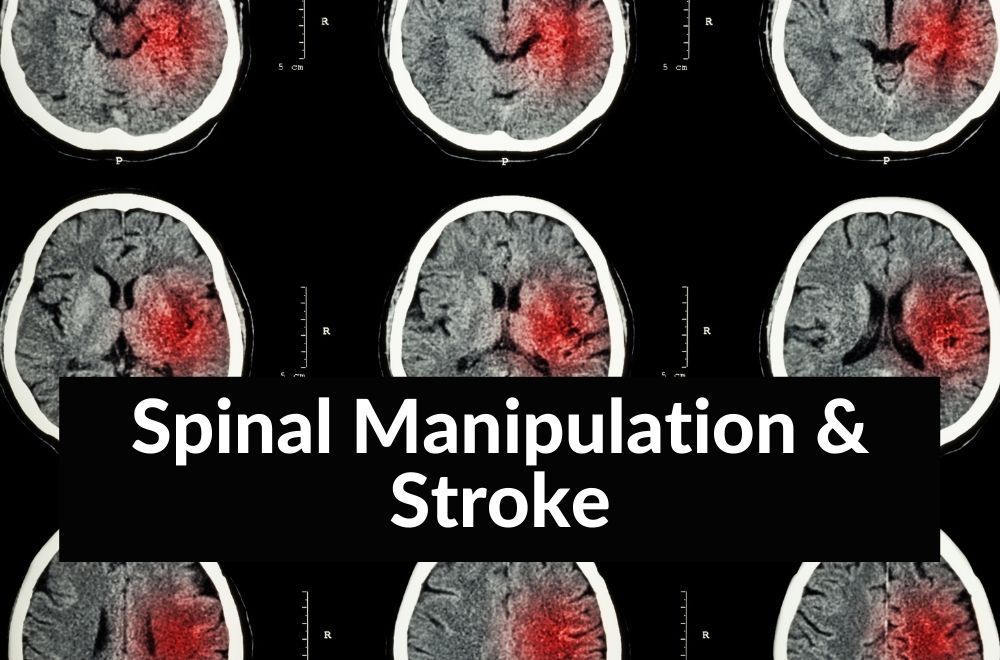
This question is quite common, and it is particularly related to spinal manipulative therapy (aka adjustment) of the neck.
The risk of a potential stroke following any treatment is a scary thought. This fear is often the reason why people choose not to see a chiropractor.
Before I answer the question, I would like to point out that chiropractic treatment of neck pain does not have to be reduced to only spinal manipulation.
Chiropractors can perform gentle neck mobilizations, they can work on the soft tissues of the neck, they can perform acupuncture, and prescribe exercises; all of which have been shown to effectively help those with neck pain.
Spinal manipulative therapy of the neck can lead to a rapid improvement in the symptoms of some forms of neck pain, but it is not the only tool in the chiropractor’s toolbox. A good chiropractor knows what tool to use in any given situation. Patient’s fears of certain treatments need to be considered when designing a plan of management. Also, maybe a patient simply does not want their neck manipulated… period.
Now, on to the answer to the question:
Yes, there is a lot of fear associated with chiropractors performing spinal manipulative therapy on the neck. But I can confidently say that the fear is mostly rooted in misinformation.
Here is a brief summary of how this all came about:
In the past, a number of studies highlighted cases where young (usually under the age of 45) patients with neck pain and/or headaches, would seek the care of a chiropractor, receive a treatment that involved spinal manipulation, and hours or days later would suffer from a stroke. The specific type of stroke commonly reported would be related to an injury of an artery running through the neck (aka “vertebral artery”), causing a clot and a subsequent injury to the brain.
Naturally, when someone suffers a stroke in their 30’s or 40’s, and it is related to an injury of an artery in the neck, and it just so happens to occur following spinal manipulation to the neck; this raises some eyebrows.
Even though the reported risk of stroke following an adjustment to the neck has been equated to the likelihood of being struck by lightning, many conclusions were naturally made due to these reported cases.
Fast forward to 2008 , a group of researchers in Ontario decided to look into the matter further by studying all of the vertebral artery-related stroke cases reported in the province over 9 years.
They found that:
- This specific type of stroke is extremely rare, and when it does occur, it happens spontaneously
- When someone is about to have this type of stroke, they often present with severe neck pain or headache first (prior to the onset of stroke symptoms)
- Those who suffered from the stroke were just as likely to see only their family doctor for a complaint of neck pain and/or headache, as they were for seeing a chiropractor for the same complaint
Naturally, someone with neck pain or headache may seek the care of a chiropractor, but that does not mean that the chiropractic treatment caused the stroke.
After all, the patients that decided to seek the help of their family doctor for their stroke-related neck/head pain were just as affected.
My stance on this issue is this:
The fear surrounding the risks of spinal manipulation of the neck is real. It is largely related to a lack of information or misinformation. However, spinal manipulation of the neck is not the only tool in our arsenal to treat neck pain. Other chiropractic therapies can be just as effective (over time) and should be used if the patient is apprehensive about spinal manipulation.
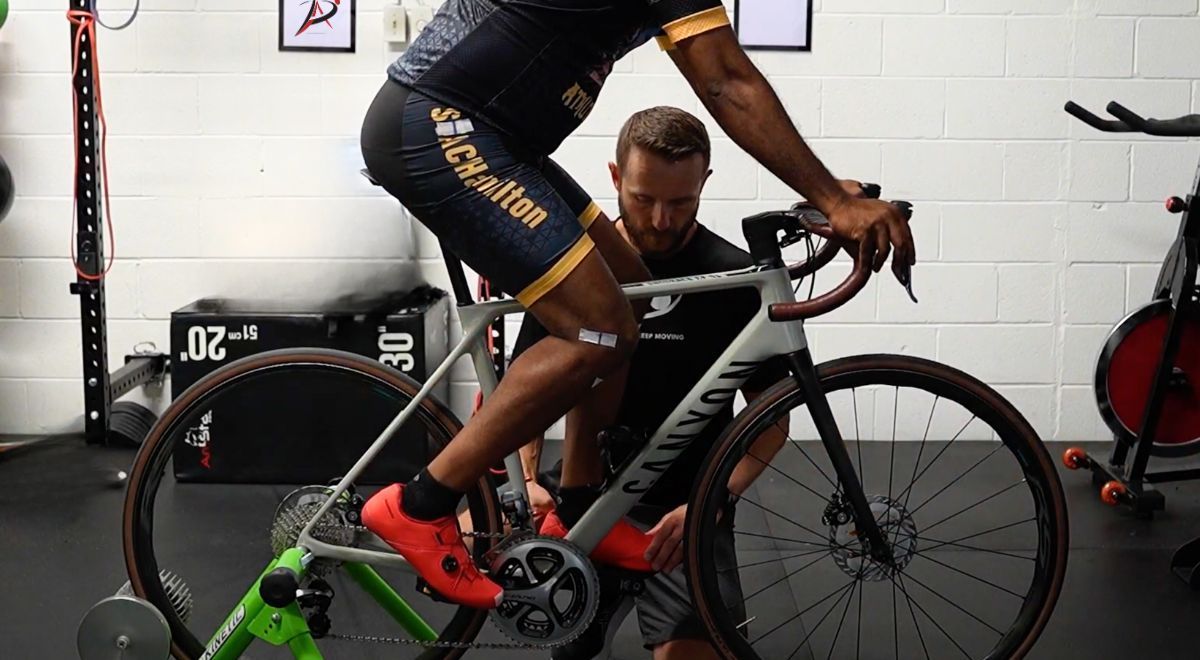



WE KEEP YOU MOVING!
We are here to get you back on your feet and keep you moving through everything life throws at you. NO-NONSENSE HEALTHCARE.
CLINIC HOURS
- Mon - Thu
- -
- Friday
- -
- Saturday
- -
- Sunday
- Closed
CONTACT US
©2023 PROPEL Active Health & Lifestyle. All rights reserved. Privacy Policy.
The information contained on this site should never be used for advice, diagnosis or treatment. In the case you have questions regarding your personal health, please see a healthcare provider.

